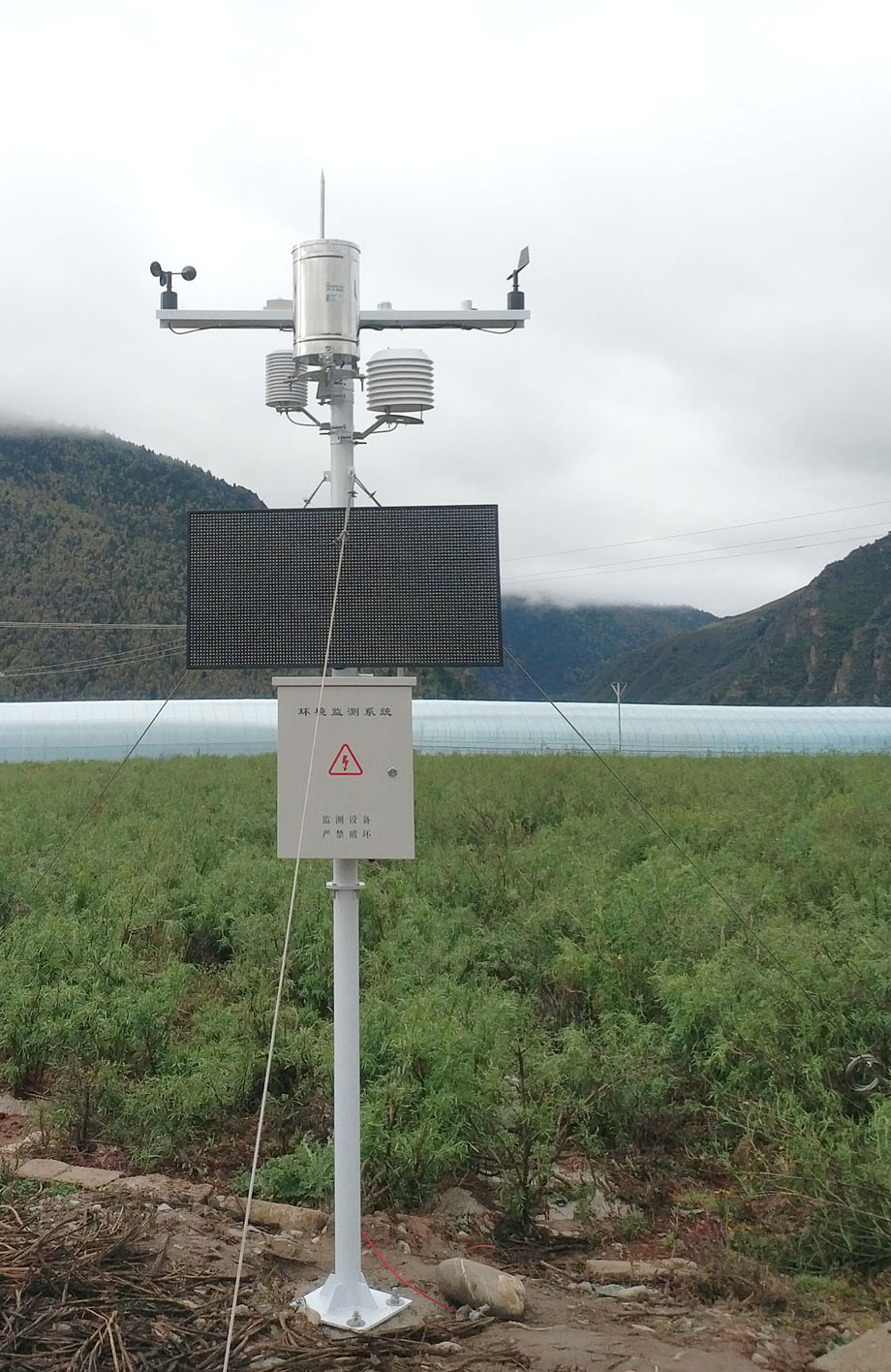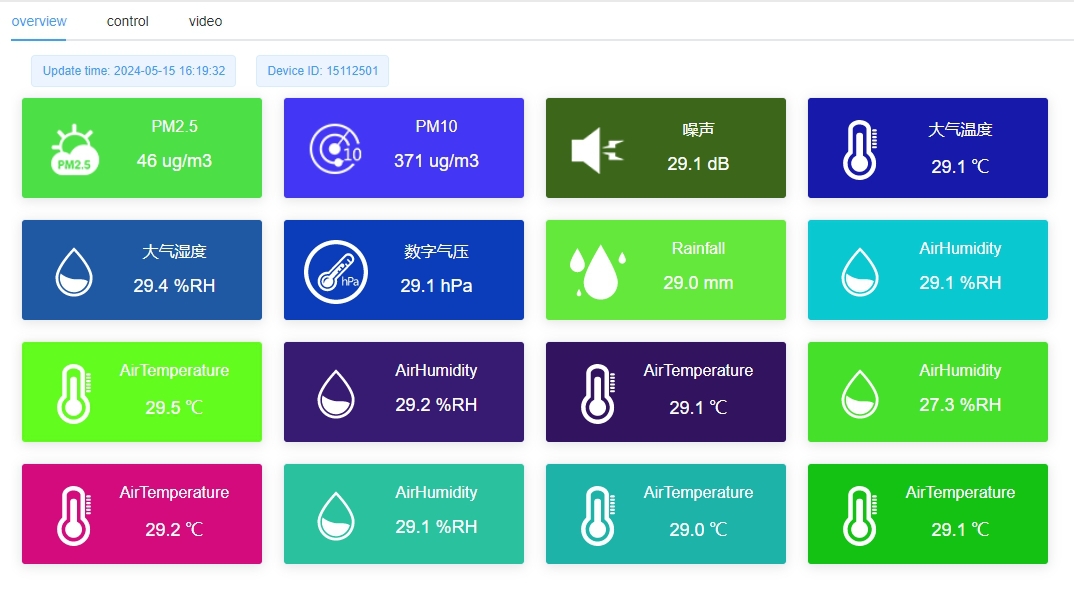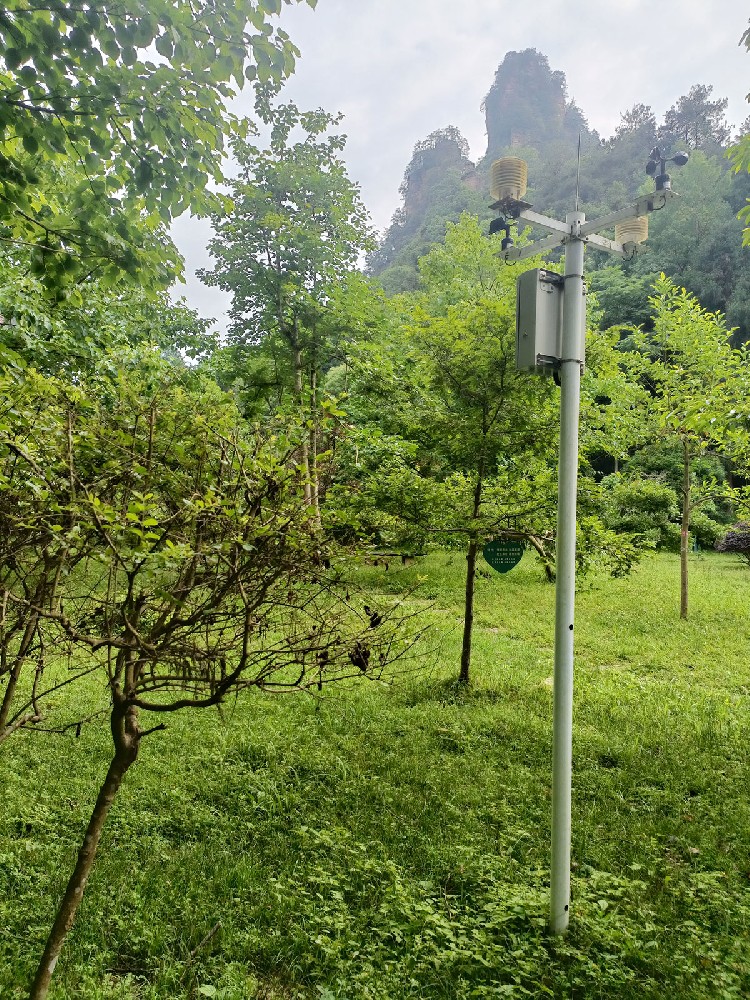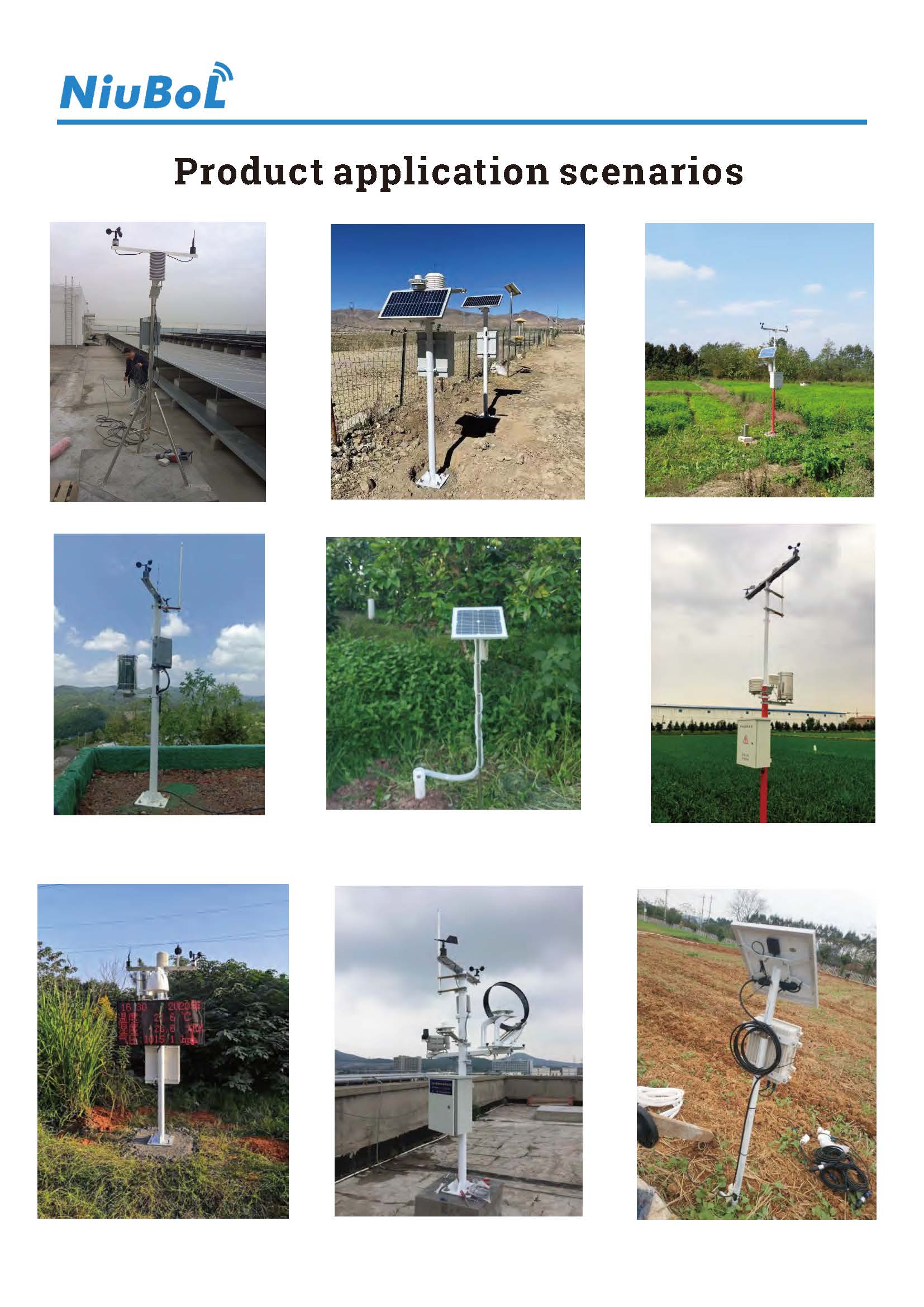

— Blogs —
—Products—
 Consumer hotline +8618073152920
Consumer hotline +8618073152920 WhatsApp:+8615367865107
Address:Room 102, District D, Houhu Industrial Park, Yuelu District, Changsha City, Hunan Province, China
Product knowledge
Time:2025-03-27 20:59:53 Popularity:75
Meteorological monitoring equipment is the core tool of modern meteorology. Through precise measurement and recording of various meteorological parameters, these devices provide indispensable data support for weather forecasting, scientific research, and daily life. With a wide range of equipment and diverse functions, they cover observational needs from the ground to the high altitudes, collectively forming a multi-layered, all-encompassing meteorological monitoring network. This article will provide a detailed introduction to the classification, components, functions, and global applications of meteorological monitoring equipment, while also looking ahead to future development trends.
Meteorological monitoring equipment can be classified into several major categories based on their observation scope and purpose. Each category is designed to address specific meteorological phenomena or needs, playing a unique role.
Ground-based observation equipment forms the foundation of meteorological monitoring and is mainly used to collect real-time meteorological data near the earth's surface. The automatic weather station is the most common representative in this category, integrating a variety of sensors, including:
- Temperature and Humidity Sensors: Measure air temperature and humidity.
- Barometer: Monitors atmospheric pressure changes.
- Anemometer: Records wind speed and direction.
- Rain Gauge: Records rainfall amounts.
These devices are usually installed in various environments such as cities, rural areas, and mountains, operating continuously 24 hours a day to provide first-hand data to meteorologists. The advantage of automatic weather stations lies in their automation and efficiency, as they collect and transmit data without human intervention.
High-altitude detection equipment is used to measure meteorological parameters in higher layers of the atmosphere, helping scientists understand the vertical structure of weather systems. Weather balloons are one of the most commonly used tools, carrying a radiosonde to altitudes of tens of thousands of meters to measure temperature, humidity, atmospheric pressure, and wind speed at different heights. This data is crucial for analyzing the movement of cold and warm air masses and predicting storm paths.
Remote sensing technology, through satellites and radar, enables large-scale, continuous meteorological observations. Meteorological satellites capture cloud images and monitor global weather pattern changes, while weather radar is adept at detecting the intensity, distribution, and movement of precipitation. These devices are especially useful for tracking large-scale weather systems such as typhoons and heavy rain, providing support for disaster warnings.
Specialized equipment has been developed for specific meteorological phenomena or extreme weather events. For example:
- LIDAR Wind Radar: Uses laser technology to accurately measure wind speed and direction, commonly used in aviation safety and wind energy research.
- Lightning Detection System: Tracks lightning activity, providing data for thunderstorm warnings.
- UV Sensors: Monitor ultraviolet radiation levels to help the public avoid UV-related harm.
Although these devices have narrower applications, they offer extremely high precision and are vital tools in scientific research and professional fields.

A complete meteorological monitoring system typically consists of several components working in coordination to ensure accurate data collection, processing, and transmission. Below are its core components:
Sensors are the "sensory organs" of meteorological monitoring equipment, responsible for directly measuring various meteorological parameters:
- Temperature and Humidity Sensors: Capture air temperature and moisture content.
- Rain Gauge: Collects precipitation to calculate rainfall amounts.
- Anemometers: Measure wind dynamics using mechanical or ultrasonic technology.
- Barometers: Record small atmospheric pressure variations.
- Solar Radiation Sensors: Assess solar radiation intensity.
Additionally, there are special sensors, such as soil moisture sensors, used in agricultural meteorological monitoring.
Data collectors convert the analog signals captured by sensors into digital signals and perform preliminary storage and processing. Modern data collectors typically support wireless communication functions, allowing data to be transmitted in real-time to remote servers.
Transmission equipment ensures the fast delivery of data from the monitoring points to meteorological centers. Transmission methods include wired networks (such as fiber optics) and wireless technologies (such as 4G/5G or satellite communication), depending on the local conditions where the equipment is installed.
Software cleans, analyzes, and visualizes the raw data, generating meteorological reports or forecast models. It also combines historical data and algorithms to predict future weather trends.

Meteorological monitoring equipment serves a wide range of functions, meeting the needs of everything from daily weather forecasting to professional research:
- Temperature and Humidity Measurement: Provides data for agricultural production and human comfort.
- Atmospheric Pressure Monitoring: Helps predict the movement of weather systems (e.g., low-pressure or high-pressure areas).
- Wind Speed and Direction Measurement: Provides critical data for aviation, maritime, and wind energy development.
- Precipitation Statistics: Supports water resource management and flood warnings.
- Radiation and UV Monitoring: Guides solar energy utilization and public health protection.
These functions, supported by the collaboration of various devices, offer users comprehensive meteorological information.

Meteorological monitoring equipment has widespread applications globally, impacting multiple industries and daily life:
1. Weather Forecasting: Analyzes real-time data to predict short-term and long-term weather changes.
2. Agricultural Production: Helps farmers adjust planting plans based on temperature, rainfall, and soil moisture.
3. Aviation and Maritime: Provides wind speed, atmospheric pressure, and other data to ensure flight and navigation safety.
4. Disaster Prevention and Mitigation: Monitors extreme weather events like typhoons, heavy rainfall, and lightning, reducing damage to people and property.
5. Scientific Research: Provides reliable data for studies on climate change, atmospheric physics, and other fields.
6. Environmental Protection: Monitors air quality and radiation levels, assisting in ecological conservation efforts.

Meteorological monitoring equipment is the "scientific eye" that helps humanity understand and respond to weather changes. From ground-based automatic weather stations to high-altitude weather balloons, and from global satellite networks to radar systems, these devices provide an efficient and accurate foundation for weather forecasting, disaster prevention, and scientific research. In the future, with continuous technological advancements, meteorological monitoring equipment will further enhance our forecasting capabilities, helping humanity better adapt to changes in the natural environment. Whether in agriculture or aviation safety, these devices will continue to play an irreplaceable role in safeguarding our lives and future.
Prev:Ultrasonic Anemometer: Measurement Principle, Features, and Functional Advantages
Next:Agricultural Meteorological Stations: Functions and Importance
Related recommendations
Sensors & Weather Stations Catalog
Agriculture Sensors and Weather Stations Catalog-NiuBoL.pdf
Weather Stations Catalog-NiuBoL.pdf
Related products
 Combined air temperature and relative humidity sensor
Combined air temperature and relative humidity sensor Soil Moisture Temperature sensor for irrigation
Soil Moisture Temperature sensor for irrigation Soil pH sensor RS485 soil Testing instrument soil ph meter for agriculture
Soil pH sensor RS485 soil Testing instrument soil ph meter for agriculture Wind Speed sensor Output Modbus/RS485/Analog/0-5V/4-20mA
Wind Speed sensor Output Modbus/RS485/Analog/0-5V/4-20mA Tipping bucket rain gauge for weather monitoring auto rainfall sensor RS485/Outdoor/stainless steel
Tipping bucket rain gauge for weather monitoring auto rainfall sensor RS485/Outdoor/stainless steel Pyranometer Solar Radiation Sensor 4-20mA/RS485
Pyranometer Solar Radiation Sensor 4-20mA/RS485
Screenshot, WhatsApp to identify the QR code
WhatsApp number:+8615367865107
(Click on WhatsApp to copy and add friends)